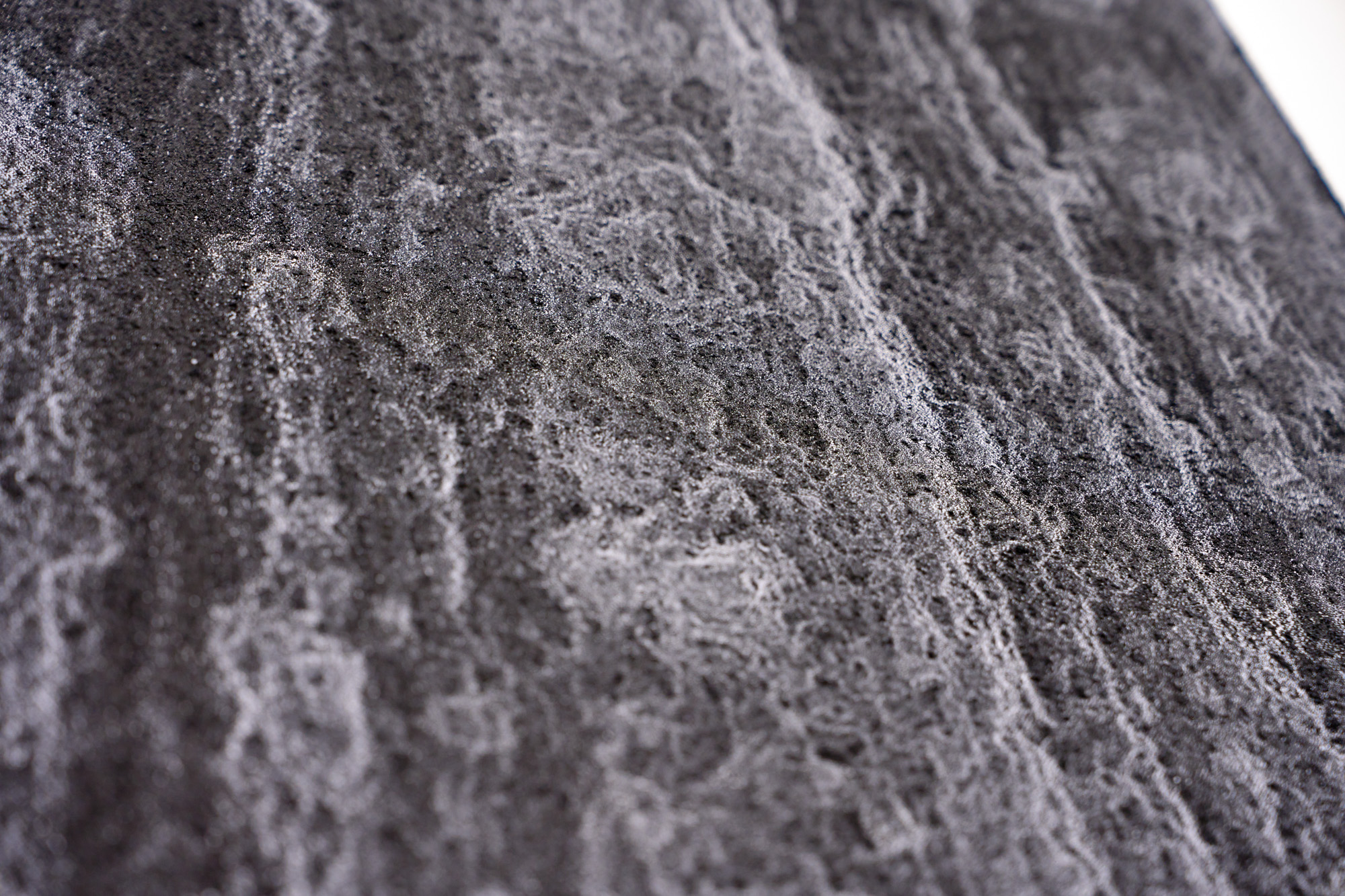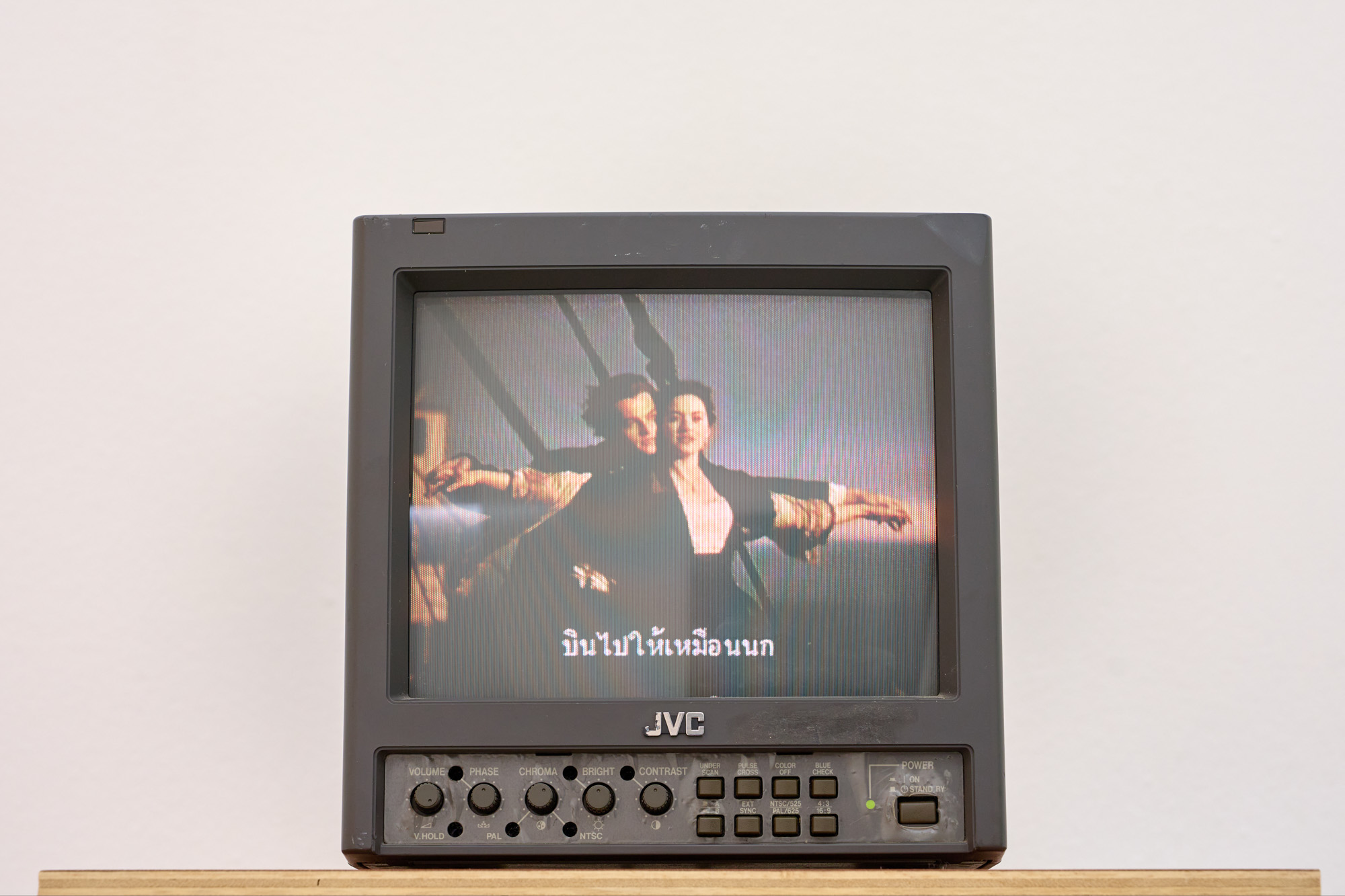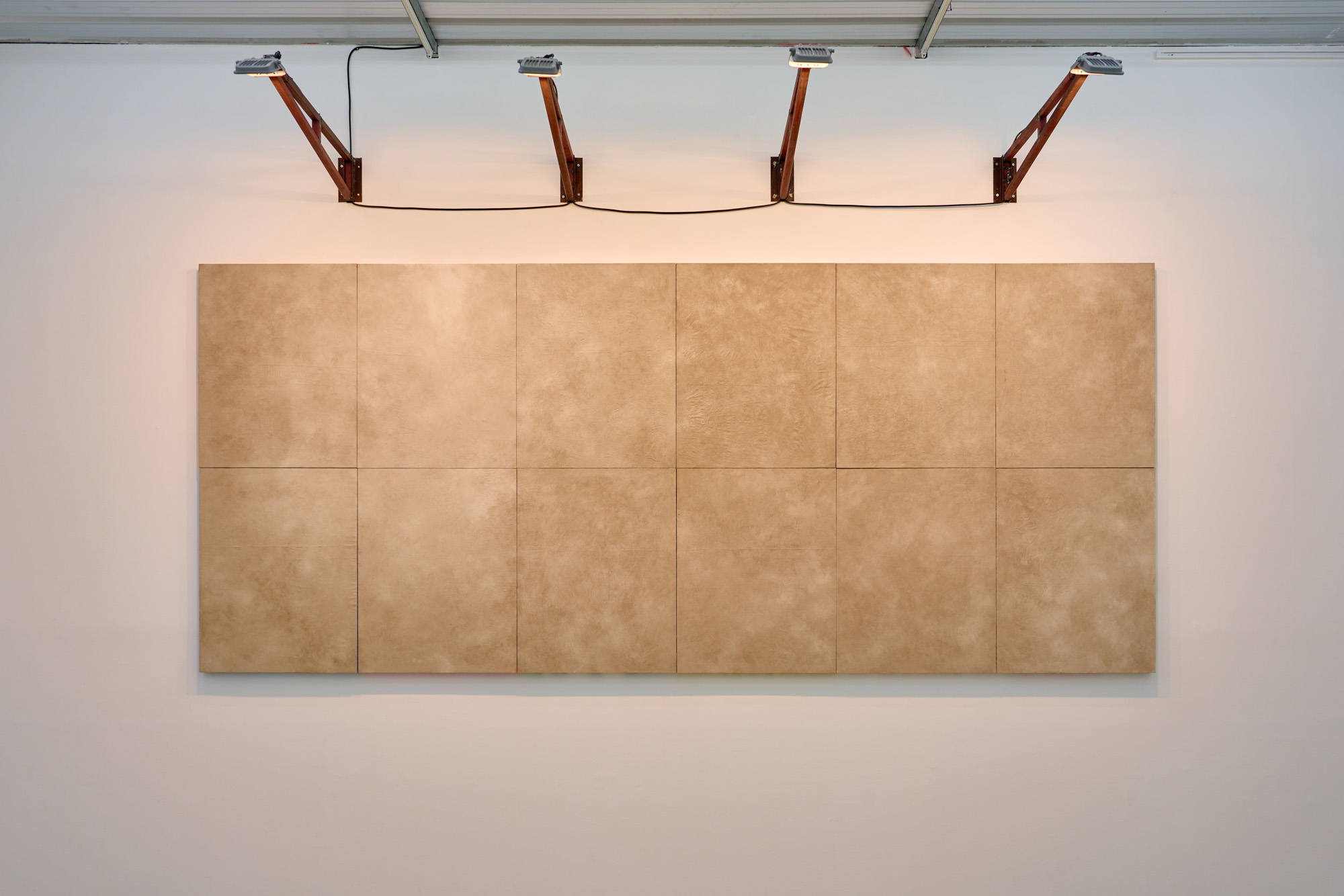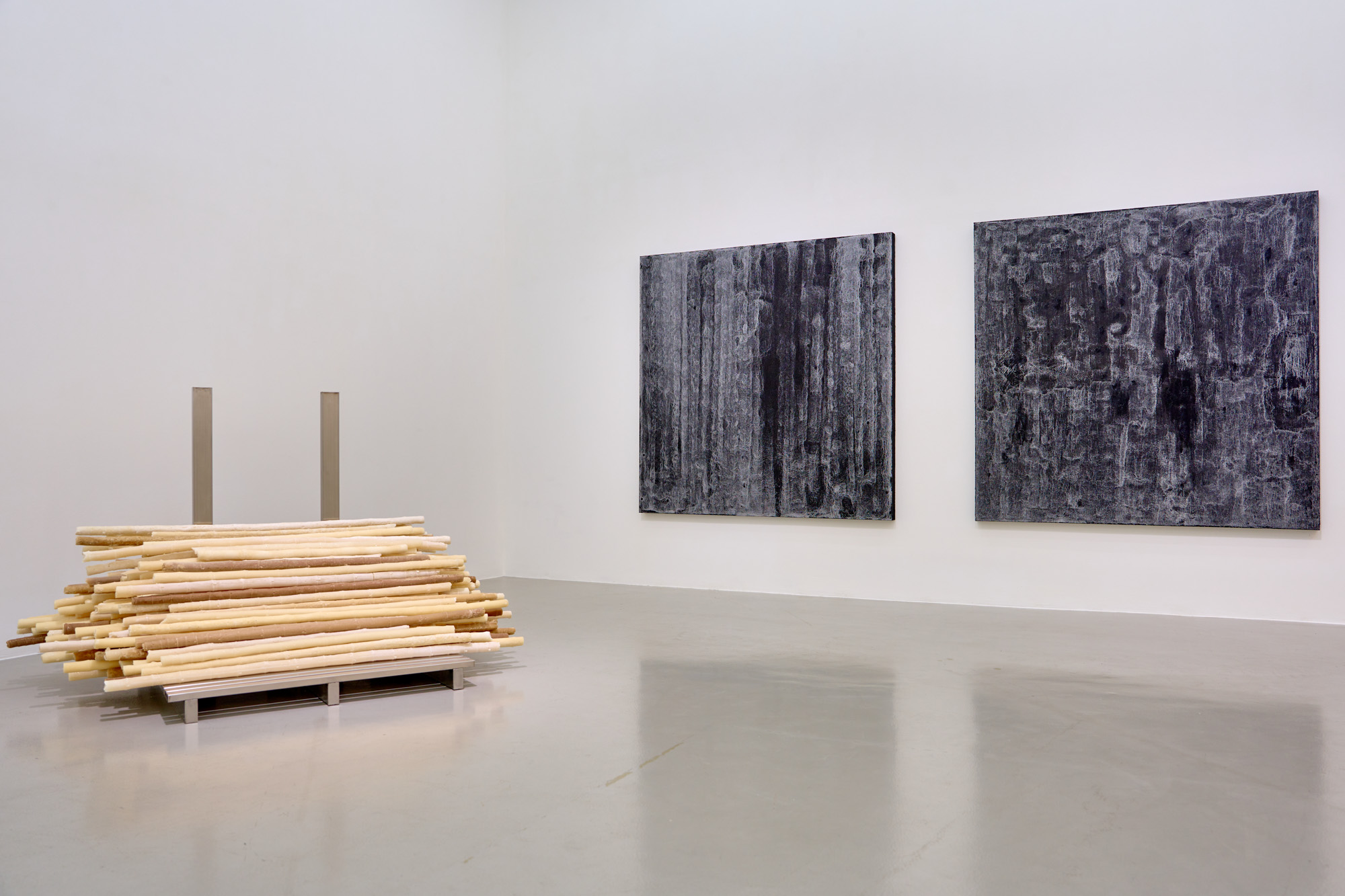Shows
Niwat Manatpiyalert’s Historical Investigations in “Area 721,346”


As it sank to the bottom of the ocean, ship records reveal that the RMS Titanic had over 10,000 pounds of sugar on board—a second berg of colossal power, sweetening the North Atlantic on its way down. The opulence of the liner’s maiden voyage is legendary, and an abundance of sugar is an apt metaphor for the extractive wealth of modernity. In fact, it’s a connection that Niwat Manatpiyalert draws in Bitter Sweet (2023), in which old VHS tapes of James Cameron’s 1998 film Titanic are sporadically taped over with footage of sugar production—images of slashing cane and burning refuse—in his hometown of Kanchanaburi in Thailand. The film adroitly weaves together both the historical glamor and contemporary realities of the globalized systems of industry that Manatpiyalert unraveled in “Area 721,346,” the artist’s first solo show at Bangkok’s Gallery VER. The exhibition was a taste of the global sugar industry’s power as told through the lens of the artist’s home and the community that lives there.

Manatpiyalert’s investigation into the conditions that result from sugar production started with the sky. Looming over the gallery was a series of paintings that set the scene and the tone of the show. Yellow Sky (2023) brought the horizons of Kanchanaburi inside: molasses and acrylic paint smeared over repurposed fertilizer bags capture the muddy ochre of a PM 2.5 sky. Sweeping across the adjacent wall, the two paintings that comprise Black Snow (2022) darken the vista. Heavy layers of sugarcane charcoal are caked onto his canvasses, blemishing the gallery walls with the same muck that penetrates the skies and landscapes of Kanchanaburi during burning season and fills the lungs of its inhabitants. It was this phenomenon that first galvanized Manatpiyalert’s research, and here these paintings represent the landscape surrounding the artist’s home. In refusing the terms of abstraction that might otherwise settle on the works, Manatpiyalert underscores the urgency of the industrial catastrophe threatening his community.

At multiple points in the exhibition, the landscape of Kanchanaburi reiterated itself as the central trope of Manatpiyalert’s investigation, whispered back and forth between the works like a mantra that speaks of the region’s past, present, and future. The table at the center of 721,346 Rai (2023)—a full-room installation-and-bar, complete with sugarcane rum—is inlaid with a ceramic tile mosaic that plays out like a map. The title itself references the square footage dedicated to sugarcane production. Wallpapering the space surrounding these tables was a high-definition panoramic photograph, punctuated by the factories, fields, and farming equipment that are essential to the industry. However, the most striking feature of this landscape is the inclusion of the artist himself and his camera. Manatpiyalert makes a landmark of his insistence on documenting and broadcasting the realities of labor in Kanchanaburi and his act of witnessing is transformed into an essential feature of the environment. Though the tangible impact of awareness-raising politics may be questionable, in doing so he disrupts the invisibility that is often routine for such extractive industries: a mound of sugar is appealing when tasted, grotesque when seen.

Manatpiyalert’s work doesn’t settle for an exploration of the effects of sugar production, but scrutinizes the commodity itself. In White Gold (2022), ghostly sugarcanes sculpted from refined sugar sit on top of a polished steel palette. On the one hand the work can be read as reparative, hitting rewind on the process of sugar production in an effort to put the genie back in the bottle. But the eerie, lifeless trace of industry lingers in the work: not a single ant mills around the floor beside this heaving pile of sucrose and the air smells of nothing. It’s as if something has been added to the mix that cannot be rendered out. Perhaps this is the reason Manatpiyalert’s confection seems to sour his critique, radiating as it does with the same stark white banality as the gallery walls. The work speaks of value, but it falls short of reorienting the worth of so much sugar toward the people who created it—the laborers caught on VHS or the craftspeople in the silent footage we view as we sip their rum. Rather, it seems to squirrel away any value into the artwork, an alternative commodity similarly worth its weight in gold. Gathering a group of people to raise a sweet, potent glass is an act of care and recognition, and Manatpiyalert’s exhibition was served up as such. When a toast is concocted without a clear and rousing call to action, however, the effect can be bittersweet.







